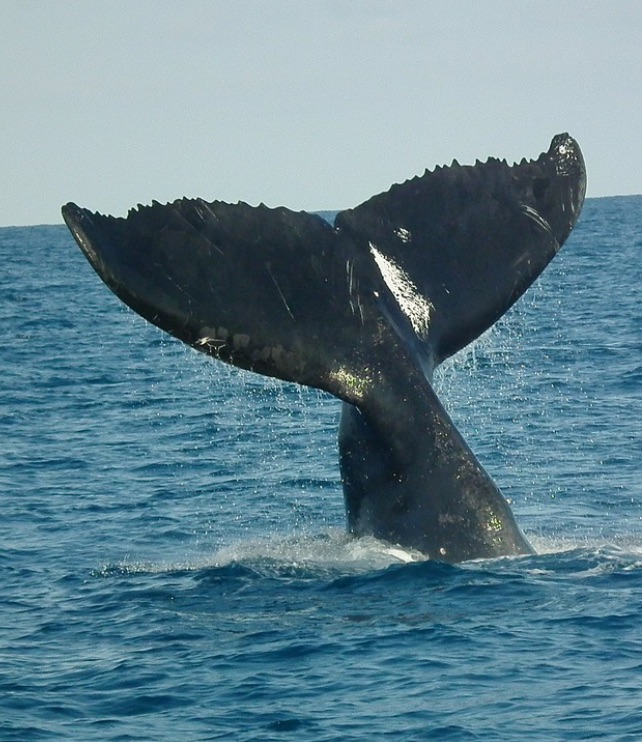SAVE THE WHALES
Whales travel throughout all of the world’s oceans. They communicate with complex and mysterious sounds. Their huge size amazes us: the blue whale can reach lengths of more than 100 feet (about 30 meters) and weigh up to 200 tons – as much as 33 elephants!
Despite living in the water, whales breathe air. And like humans, they are warm-blooded mammals who nurse their young. A thick layer of fat called “blubber” protects them from cold ocean waters.
Whales are at the top of the food chain and have an important role in the overall health of the marine environment. Unfortunately their large size does not protect them; 6 out of the 13 great whale species are endangered.
Warming oceans and loss of sea ice in the Arctic and Antarctic can affect the habitats and food of whales. These changes can mean that whales need to migrate much further to find food.
Whaling is also one of the biggest threat to whales. People hunt whales for their usable products like meat, oil and blubber. By the middle of the 20th century, the number of whales had been reduced because of the whaling.
Each year, thousands of whales and dolphins become stranded on shorelines around the world. Many die within a day or two. In the Philippines, about a dozen stranding events occur a year. The World Wildlife Fund gives free rescue workshops to local people in the Philippines. Since 1997, the WWF has been working with Filipino marine scientists and they train the local people. They help ensure the safety of stranded whales and dolphins. With this training programme, they also increase people’s awareness of the animals.
Source: World Wildlife Fund’s Website

